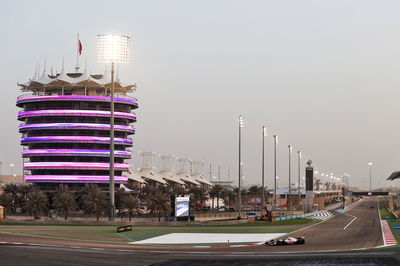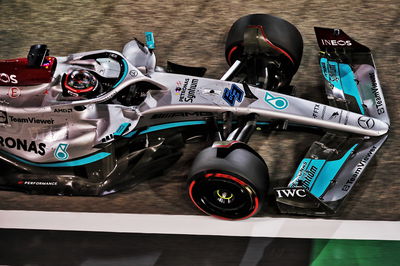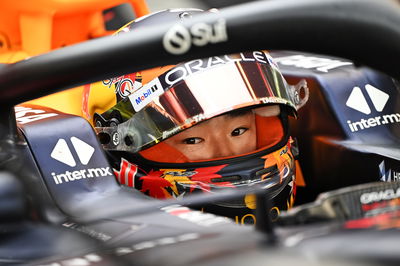What we learned from F1’s final pre-season test in Bahrain
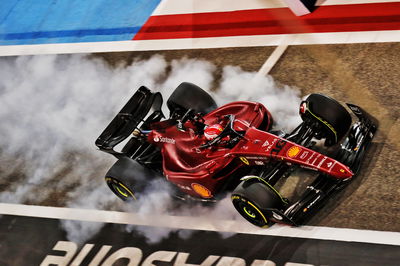
With pre-season testing reaching a conclusion after a total of six days of on-track running, one of the most eagerly-anticipated Formula 1 seasons in history is nearly upon us.
F1’s teams and drivers were provided with one final opportunity to get to grips with their new-for-2022 cars and iron out any issues ahead of the new campaign, which begins next weekend with the Bahrain Grand Prix.
Based on what we’ve seen across the last three days of running, here are some of the biggest takeaways from Sakhir and the key questions that still need answering…
Red Bull tease potential, Ferrari strong
After a relatively quiet opening five days of pre-season testing, Red Bull saved its best until last by topping the timesheets in both sessions on the final day of running at the Bahrain International Circuit.
In the morning it was Sergio Perez who went quickest in Red Bull’s upgraded RB18 - sporting new sculpted sidepods and a revised floor - before reigning world champion Max Verstappen overhauled Ferrari to post a new benchmark time with a 1m31.720s.
A succession of fast laps saw the Dutchman vault to the top of the order as he laid down a marker, finishing the best part of seven-tenths clear of Charles Leclerc.
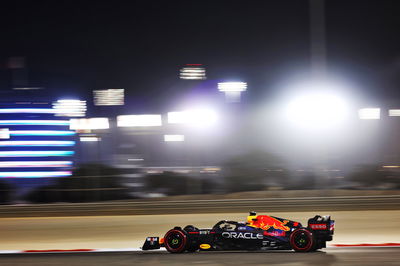
Verstappen was quick to downplay his pace, saying that “no one gives full beans or goes to qualifying spec at testing, so we can’t read too much into the timing screens”, while Red Bull’s head of race engineering Guillaume Rocquelin added that lap times in testing are “irrelevant”.
Meanwhile, Ferrari picked up where it left off at Barcelona with another strong week of running in Bahrain. A whopping 788 laps across the six days of pre-season testing leaves the Scuderia top of the mileage charts, with Carlos Sainz labelling it the “smoothest” F1 test he’s ever experienced.
The F1-75 looks both stable and fast on track, giving Ferrari plenty of reasons to be optimistic heading into the new season.
Is Mercedes really in trouble?
Lewis Hamilton insisted on the final day that Mercedes will not be in the hunt for victories - at least early on in the season - while teammate Russell believes the team is a “step behind” both Red Bull and Ferrari.
Mercedes’ drivers are still searching for more performance and are yet to find the sweet spot with the radically updated W13, which continues to be suffering with balance and porpoising problems. It has otherwise been a productive week of testing, with the Mercedes running reliably throughout.
Aside from the last day at Barcelona, neither Hamilton nor Russell have featured at the top of the timings. Indeed, there was an apparent performance deficit as Russell ended the Bahrain test almost a full second down on Verstappen.
But is Mercedes struggling as much as it is making out?
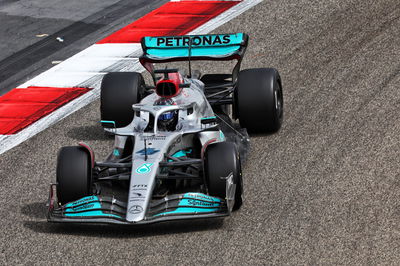
Mercedes is believed to have been running its power units conservatively across all three days in Bahrain, with the two Silver Arrows noticeably down in the speed trap figures.
Ferrari’s Carlos Sainz is sceptical about Mercedes’ supposed struggles and suggested that GPS data shows the Mercedes have been running with their engines turned down.
Mercedes has become renowned for hiding its true potential in testing and then blowing everyone else away when it really matters in recent years.
We will have to wait until qualifying and next weekend’s race to find out whether this year’s claims will prove to be just another bluff, or if Mercedes really is lagging behind.
Positive signs for closer racing
On each day of the Bahrain test, we were treated to some racing action, leaving a positive impression that the new 2022 cars have achieved F1’s intended target of being more raceable and will help improve the on-track spectacle.
Lance Stroll and Fernando Alonso showcased the first proper bit of racing with a great wheel-to-wheel scrap through the first sector. It was then the turn of Sainz and Verstappen on day two, before Pierre Gasly and Hamilton duelled on the final morning.
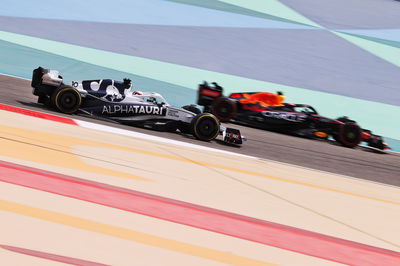
Speaking about their entertaining battle that lasted several laps, Gasly reported that the 2022 cars’ raceability was much improved.
"I was quite surprised to be fighting with Lewis for a couple of laps," said Gasly. “But it was entertaining. It was interesting also to follow and just to get some data and feeling following other cars.
“So I think it’s clearly better than last year, which makes me quite optimistic in terms of racing for the season.
"It was better, clearly. We kind of overtook each other a couple of times, stayed close to each other – and it was definitely an improvement, so I think racing should be quite fun this year.”
While impressive through high-speed sections, the cars still look sluggish, laboured and sometimes awkward through slow corners, something that was highlighted at Turn 10 in Bahrain where a number of cars looked to be a real handful.
The order is still impossible to call
While Red Bull, Ferrari and Mercedes are expected to be the teams to beat, trying to formulate any kind of pecking order behind F1’s top three teams from 2021 is a pretty impossible task.
McLaren enjoyed a strong test in Barcelona but suffered a setback in Bahrain, with its test compounded by brake issues that prevented the team from conducting meaningful race simulations.
Lando Norris had to carry out all of McLaren’s test programme single-handedly after Daniel Ricciardo was forced to miss the entire test due to illness and a positive COVID-19 test, putting both the Australian and the team somewhat on the back foot. The Briton admitted McLaren are not in an ideal position heading into the opening race.
Elsewhere, AlphaTauri’s 2022 challenger looks impressive on track, while Alfa Romeo, Haas and Alpine made notable progress in the second week of running after each had a tricky opening test in Barcelona.
The midfield promises to be as competitive as ever, but with lap times from testing misleading given the many variables at play, it is extremely difficult to try and piece together exactly where each team stands.
